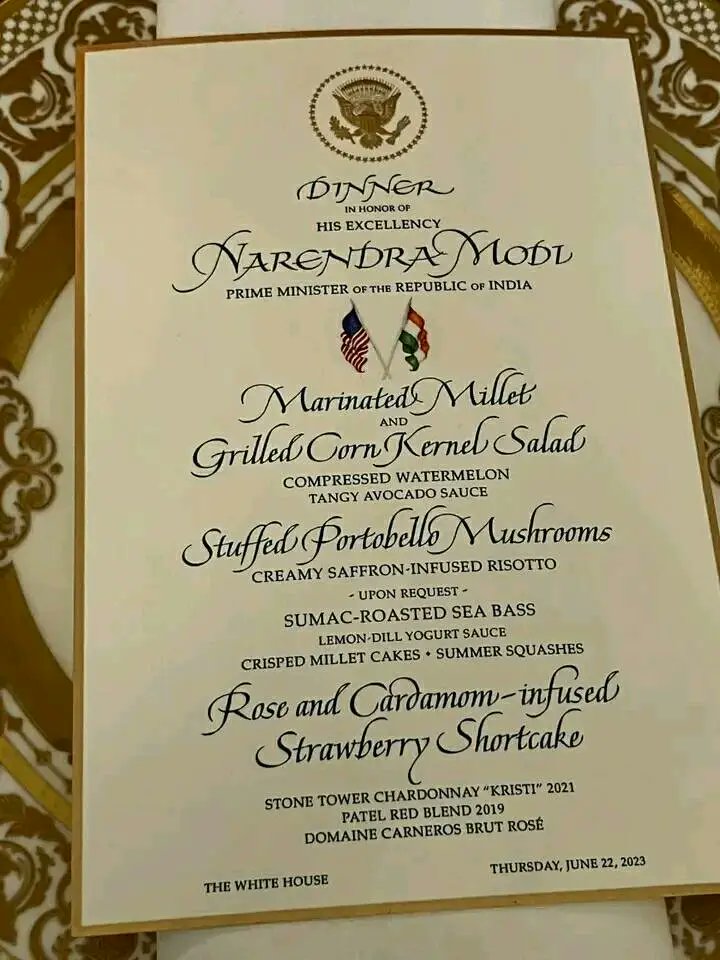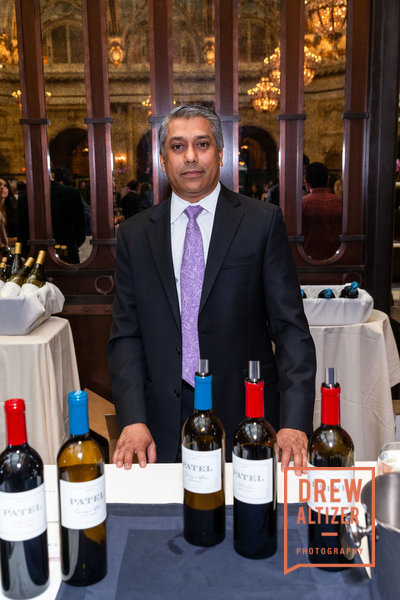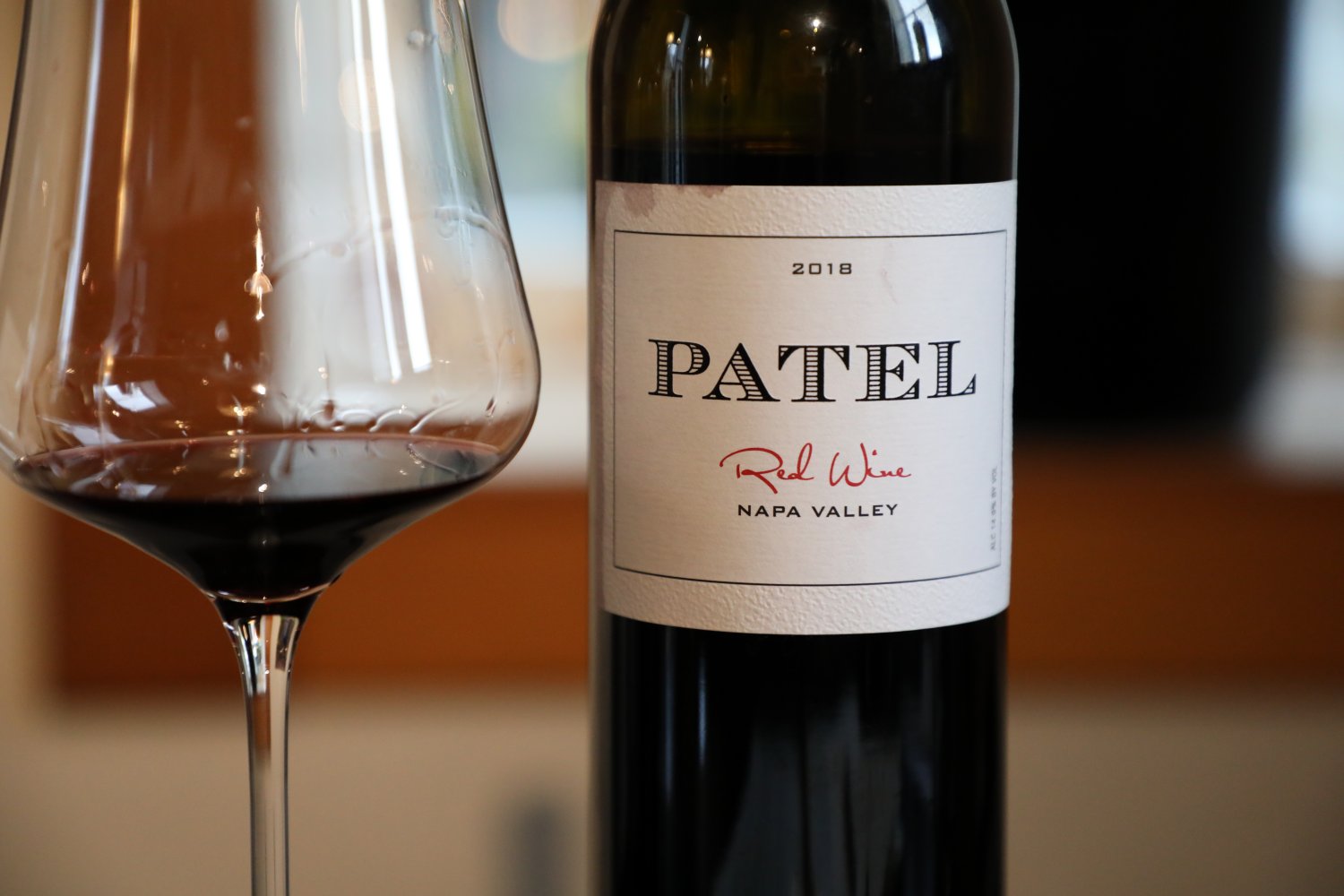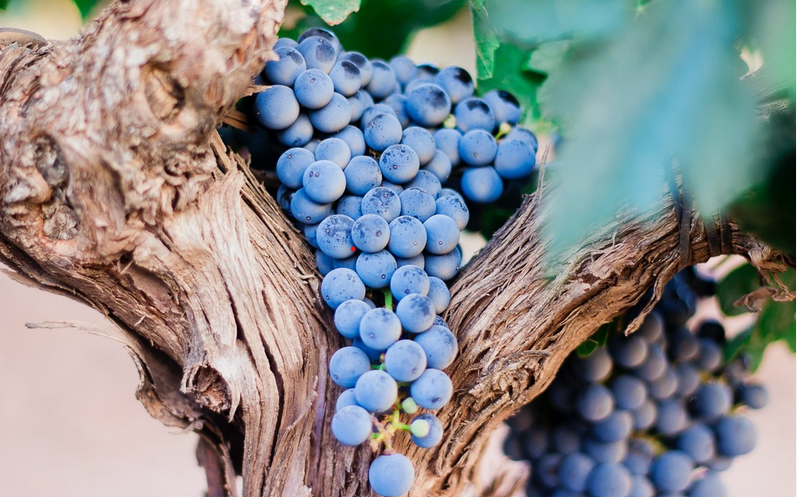Raj Patel is an Indian-American winemaker and the owner of Patel Winery in Napa Valley, California. As a first-generation wine producer, he made history by becoming the first Indian to obtain a liquor license for winemaking in Napa Valley. His journey into winemaking began with an internship at Robert Mondavi Winery, where his passion for wine blossomed, leading him to fulfill his dream of owning a winery. Patel Winery gained significant recognition after serving Patel Red Blend 2019 at the US State dinner for Prime Minister Modi at the White House. The winery offers four different wines, including Sauvignon Blanc and Napa Valley Cabernet, and exports its wines to various countries worldwide.
(September 3, 2023) Amid a lavish spread of crisped millet cakes, summer squashes, marinated millet and grilled corn kernel salad and stuffed portobello mushrooms, stood a case of Patel Red Blend 2019 – a red wine – that grabbed attention at the US State dinner for PM Modi. Owned by a Gujarati Raj Patel, a first-generation wine producer, Patel Winery was invited to serve at the White House. “It was surreal and an honour. It’s something that very few are privileged to do,” Raj tells Global Indian. Started in 2007 in Napa Valley with 100 cases of a 2007 Cabernet Sauvignon, Patel Winery now sells 1000 cases of four wines, and is world renowned, thanks to the US State dinner. “Over the years, our wine has grown so well and received so many reviews. We are happy to have added any accolade by serving our wine at the State dinner. It’s something that not everyone gets.”

Two months since the US State dinner, Patel Winery has found global recognition. While they export in Japan, South Korea, UK, Taiwan and New Zealand, the awareness about the wine has spread far and wide now. “For everyone who didn’t know the wine existed, now know about it. Especially in India, and now there’s that knowledge which is a nice thing.”
Gujarati family adjusting in a new land
Born in the town of Pati in Gujarat, Raj’s first brush with America was at the age of six when his family relocated to the country in 1972. Growing up in the US was nothing short of a challenge for this Gujarati family for whom getting even basic things like eggplant, garlic or ginger was difficult. “You couldn’t find them at a regular grocery store, you had to go to a Chinese store to get it. In Berkeley, there was only one Indian store to support the daily needs of all the Indians in California. The world and the island feel very small when you are the only one of that type on the island,” says Raj, calling America “very different 40 years ago”.
However, he is quick to add that things have changed multifold in the last few decades, thanks to inclusivity and diversity. “The Americans love Indians, who are very well accepted in this country. Indians have completely adapted to the term when in Rome, do as the Romans do. They have completely adapted more so than other cultures have. Indians now make one of the largest contingents in the US. As a matter of fact, I won’t be surprised that in the next 10 years, Indians would be one of the biggest proportions.”
Still when he got into the business of wine making in 2007, Raj was the first Indian to get a liquor license to produce wine. “Even as a vintner, I was the first Asian person in the Napa Valley. But now it has diversified as we have a couple of Chinese and Korean people, a gentleman from Pakistan and someone from Singapore,” reveals Raj, adding that Napa Valley has an inclusive environment. It’s only in the last 5-6 years that more Indians have ventured into wine making in Napa Valley, however, the large number of customers continue to be Caucasians. “There are country clubs that I had gone to 20 years ago they probably wouldn’t even let me in, and now we do winemaker dinners there. The world has changed.”

Passion for winemaking
The passion and love for wine began when as he stood in the sprawling vineyard of the Robert Mondavi Winery in the Napa Valley for his internship. “I had finished my BioChem degree at the University of California, and they were looking for someone for lab tech.” What began as a “necessity to earn a few extra bucks during summer break” turned into a life-long passion after being exposed to tasting some of the best wines and meeting the Mondavi family. “They told me I have a great palate and I should pursue this. It was so out of the box that I didn’t even think about it. Over the years, I collected wine and visited wineries in Napa.” Coming from the dry state of Gujarat, he had no idea how to get into the wine making business as a young lad. However, he wrote it down as a goal in his diary that he wanted to own a winery by the age of 55, something he accomplished at 40.
But before translating his dream into reality, he worked for 19 years in Bank of America “on the mortgage and credit side.” “I have a strong exposure to the finance world but I did stay with the goal. I was somewhere convinced that at some point I was going to buy a winery.” It was while working in corporate America that the Patel Winery happened. “I was starting a winery and working at the credit side, and it was long hours doing both things at the same time. I was actually both until a month ago. Now I am going to focus on the winery and start a mortgage bank.”
Luck is what happens when opportunity meets preparation, and Raj prepared himself well in these years. From tasting wines to collecting wines to visiting vineyards, he never missed a chance to tell people that he has plans of opening a winery in the near future. A business meeting at a brewery in Baltimore helped align the right people, and assisted him in putting the winery together. “If you tell enough people what you want to do, you will eventually run into people that will help you. It’s one of the key things – having confidence in what you want to do. There are times when you will succeed and times when you won’t but the key is to have a plan, dream or idea and stay focussed. Tell the people what you want without giving away the secret sauce. People will help you.”

A wine – class apart
The right assistance helped him establish Patel Winery in 2007, and in a few years, the combined magic of him as an owner and that of his winemaker Julien Fayard, helped catapult Patel Wines to new heights. It’s their attention to detail that sets Patel Wine apart from its competitors. “The wines that we make even by American standards or European standards, the quality is in the top 1 percent. You look at the reviews, you are talking about some of the toughest critics that review these things and we are in that top 1 percent. Once you try it, it may change your bias forever,” says Raj who did not hesitate to put Patel on the wine. “A lot of Patels love the fact that I did that with the name.” Though many advised him against it initially, Raj says it helped “elevate things” for Patel Winery. But it was an uphill task initially. No one showed up on his table at wine tasting sessions as most people gravitated towards known brands. But slowly it was the name that drew many curious wine tasters to his table, and “they liked what they tasted.” “Today, when I start pouring, there are five-six people deep waiting to taste the Patel Wine because they want to know what is new. The gratification that you get from all the hard work over the years is amazing,” says Raj Patel.
Raj is happy that Indians in the US now have clung to it. “A lot of Indians buy an exorbitant amount of Patel Wines,” says the winemaker, revealing that many Indian-Americans are into collecting wines. “Collecting wine, holding wine and knowing about wine even in India has become very suave, especially among the women. In many cultures, women drinking whiskey or beer is frowned upon but wine is never frowned upon. In fact, it’s considered sophisticated. It gives a sense of elegance, and that’s something that they have here (US) gravitated towards too,” adds Raj Patel.
Two decades in the business of winemaking made Raj patient. “What we make doesn’t happen overnight.” However, having temperament is something that he considers vital in this business. Having had proposals to make champagne and diversify into other liquor, he decided to stuck to his core. “We make the wines we know. In a perfect world, I would have made just one wine. But we only make four different types of wine – Sauvignon Blanc, Red Wine (which was served at the White House), a Napa Valley Cabernet and Coombsvilla Cabarnet – which is great because it keeps us focussed, and people see that in our quality.”

Raj, who loves skiing and hiking, eventually plans to buy his own vineyard and have his own tasting room. Looking for expansion, Raj wants to grow the winery to about 3000 cases. “At some point, we will also come up with other products.”
Coming from a lineage where his uncle’s brother was one of the first Patels in the US, Raj is glad that happy to be carrying forward the baton of “the firsts” in America. “In 1923, my uncle’s brother was only 17 when he came to America, exactly 100 years ago. Imagine coming to a country in the early 1900s, when you had no idea how the outside world looks like. He was brave to do so. His journey has been documented in a book called The Pioneer. In 1958, his brother came to the US, and my maternal aunt who called our family in 1972.” With firsts come a lot of challenges, but Raj like his lineage didn’t bow down and created a name for himself. “People say Patel Wine was served at the White House, trust me there have been some 18 tough years behind it,” he signs off.
- Follow Raj Patel on LinkedIn
